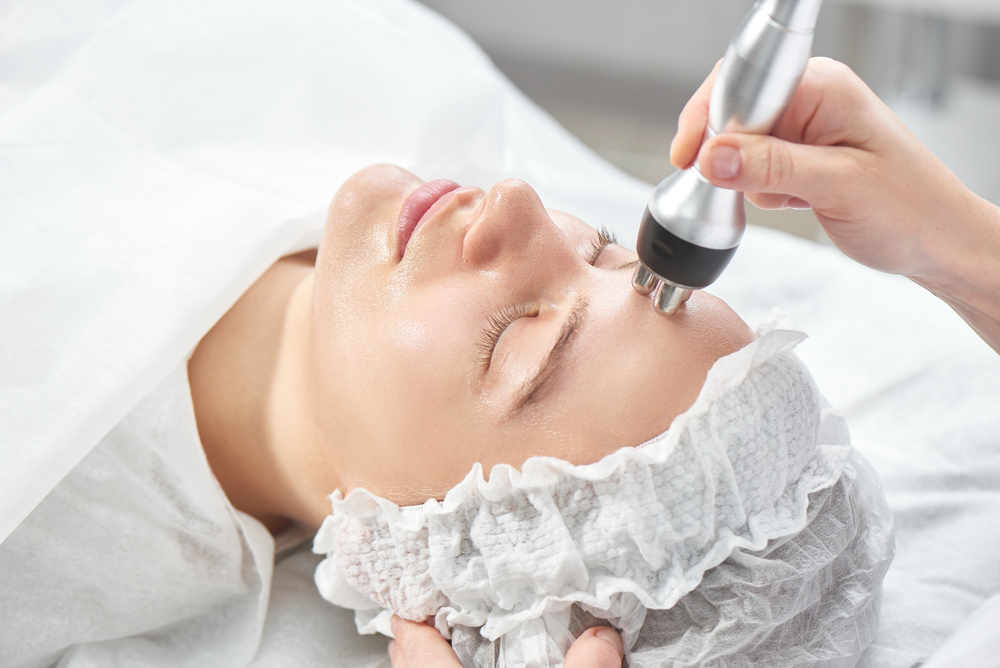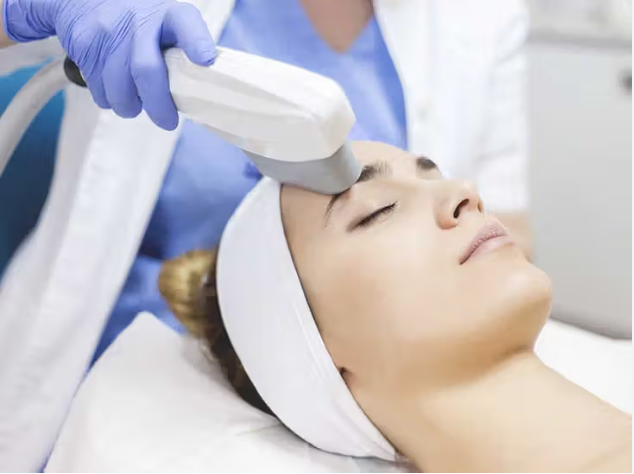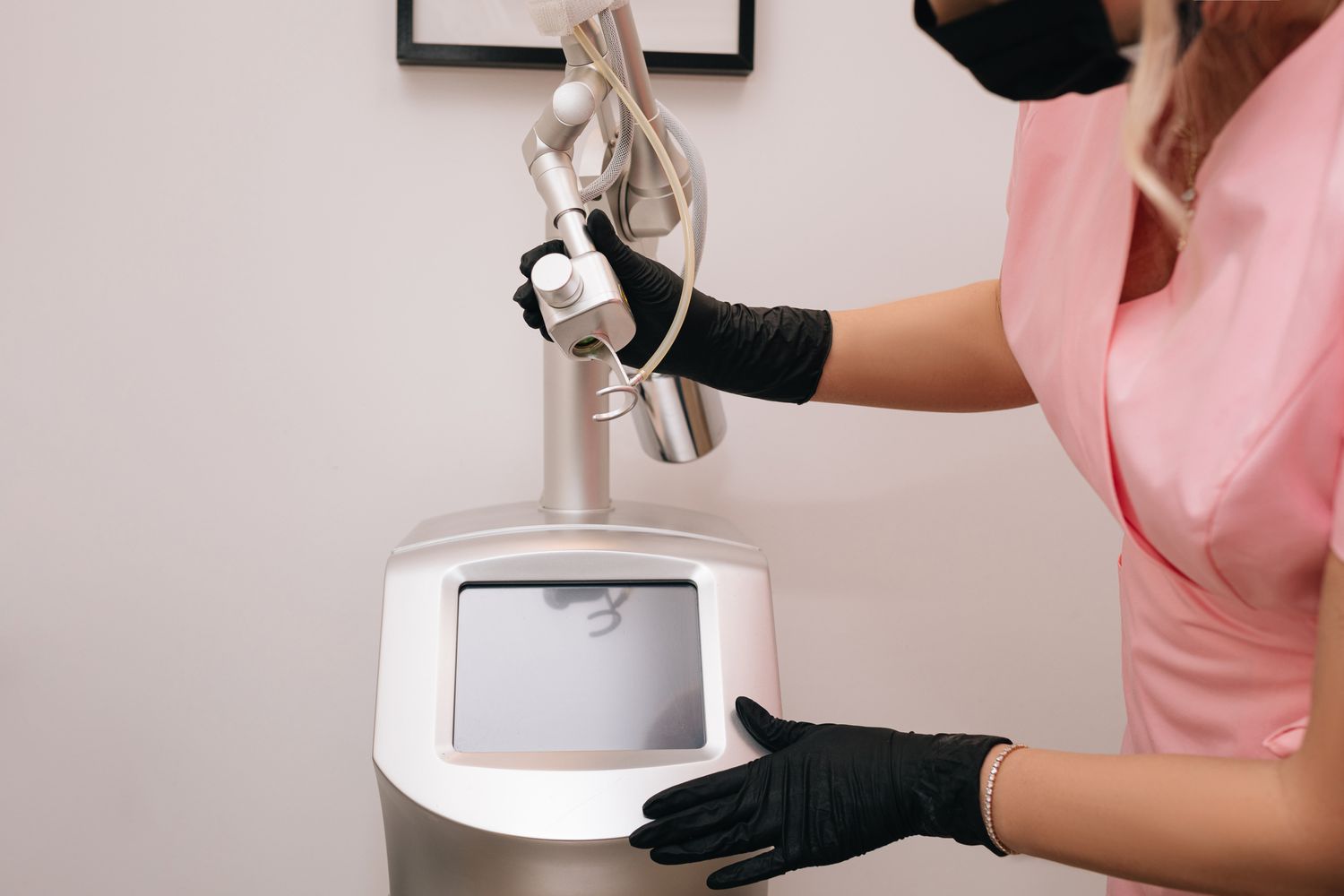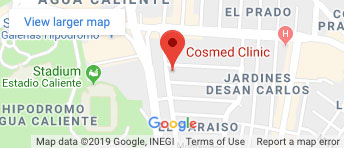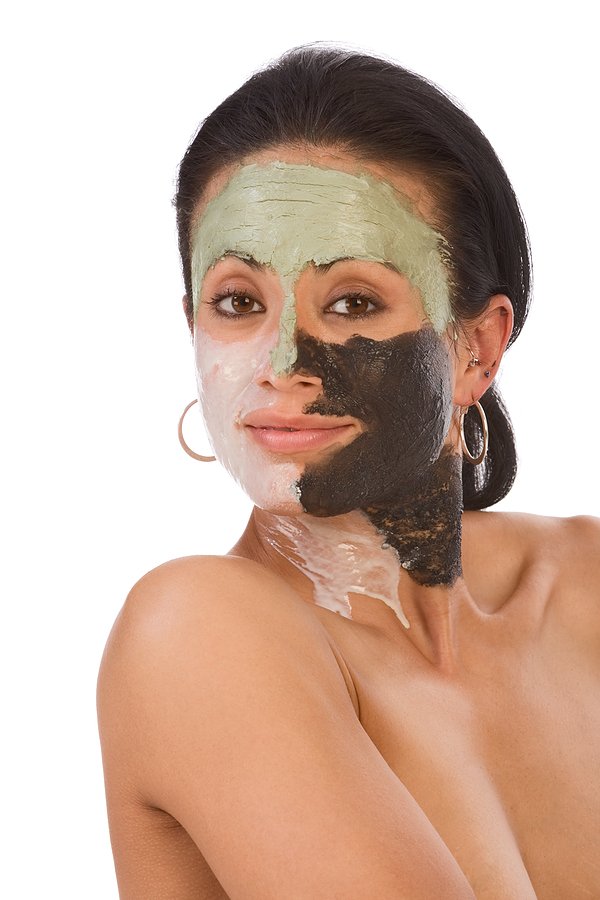
Are you following the right skin care regimen for your body type? CosMed’s Dermatologist explains how obesity effects skin and extra steps you can take to improve it.
By CosMed Clinic’s Dr. Alberto de la Fuente
An obese person runs the risk of developing skin problems. The bigger a person is, the more skin he has, and this increases the chance of issues. Obesity is widely recognized as an epidemic. The prevalence has significantly increased among the US population over the past 30 years. Approximately 119 million Americans, nearly two thirds of adult Americans, are either overweight or obese. Recent research estimates that between one fourth and one third of American adults are obese, and one in six children and adolescents is overweight, however the impact of obesity on the skin has received minimal attention. Obesity is related to a number of effects on skin properties and how it functions, including the skin’s barrier function, sebaceous glands and sebum production, sweat glands, lymphatics, collagen structure and function, wound healing, microcirculation and macrocirculation, and subcutaneous fat. Insulin and certain growth factors altered in obesity and metabolic syndrome also influence on the skin physiology too. To make a more comprehensible classification, the skin problems can be:
1.- Skin diseases directly caused by obesity:
- Acantosis nigricans: The most common manifestation of obesity characterized by a velvety dark colored skin especially on the armpits, groins, neck, elbows and knees.
- Skin tags: Another very common manifestation characterized by tiny pedunculated warty, soft, brown growths most commonly seen on the neck, the axillae and groin.
- Keratosis pilaris: “Goose bumps”, “spiny pimples” or “acne” lesions on the extensor parts of arms and thighs, also related to dry prone skin.
- Hyperandrogenism: Increased production of male hormones by the excess fat which in turn produces acne, hidradenitis, male pattern baldness and/or increased hair growth especially in the face of women.
- Strecth marks: They begin with a red phase before turning violet, then finally becoming white and depressed. They are the result of a very high tensionated skin.
- Adiposis dolorosa: Painful fat tumors more commonly in postmenopausal women.
- Fat redistribution
2.- Skin diseases aggravated but not directly caused by obesity:
- Lymphedema: The impedance of lymphatic flow which presents as initially soft, pitting edema most commonly beginning in the feet and spreading upwards.
- Psoriasis: Red lesions with silver scale, most commonly located on the scalp, elbows, knees and back especially in patients with metabolic syndrome.
- Chronic venous insufficiency: Due to increased intra-abdominal pressure found in obese patients causing an oppositional force to venous blood return from the lower extremities.
- Plantar hyperkeratosis or calluses: Most commonly as a horseshoe callous due to higher plantar pressures during walking and standing.
- Infections: Fungal or bacterial due to increased occlusion, moisture, heat and/or macerated skin especially in the skinfolds of abdomen and breasts.
- Hidradenitis suppurativa: Abscesses and scarring tracts due to inflammation in the armpits and groins.
- Cellulite
Skin care is important in general; however, in an obese person it is of even more importance due to these factors, so here are some good simple recommendations:
Hygiene: Obese individuals sometimes have problems with hygiene. This is due to more skin to clean and difficulty reaching some body parts when cleaning. This can lead to bacteria growth and infections. If an individual is overweight, she/he should bathe daily and if needed be assisted by someone else. Some products such as hand-held shower devices can help improve the ability to remain clean.
Moisture: An overweight person has more problems than a smaller person with issues such as excess moisture and perspiration. Moisture in body folds can cause bacteria and fungi to grow, and also sweat can become an irritant. These can then cause skin rashes and infections like intertrigo. To avoid this, an obese individual should keep the skin dry. He needs always to use an antiperspirant and even use it in his skin folds. It is important for him to keep his groin area dry. Urine on the skin from inadequate hygiene can cause a rash. The individual with this issue may benefit from using a barrier cream. In certain areas where the skin becomes too dry like the legs, a moisturizer is suggested and used as needed.
Friction: The folds of the skin sometimes run against themselves in overweight people. When this happens, the skin becomes irritated. This can cause blisters and chapping. Many individuals believe that powder can help with this, but powders actually have an abrasive effect. Rather, an obese person should use oil- or silicone-based products to minimize friction.
Skin Breaks: An obese person may develop breaks in the skin especially on very dry or hyperkeratotic skin. Anytime the skin has a wound, infection can occur. This risk is increased due to the circulation problems and possible diabetes of an overweight person. Such an individual needs to inspect the skin regularly and if needed with assistance by someone else. If there are any problems or concerns, consult your physician to aid in treatment.
Given the growing numbers of these skin conditions, patients must work with dermatologists to prevent, recognize, treat and start a personalized skin care regimen in order to reduce the detrimental effects of obesity on the skin. Therapeutic interventions whether over-the-counter, prescription medicines or surgical interventions are available at CosMed, just ask us and we’ll be glad to guide you with your skin care.
Got a Dermatology Question? Ask an Expert!
Dr. Alberto de la Fuente García, M.D. is a Dermatologist experienced in both clinical and cosmetic Dermatology. Contact Dr. de la Fuente or visit https://www.cosmedclinic.com to learn more about the best procedures to improve your skin.


